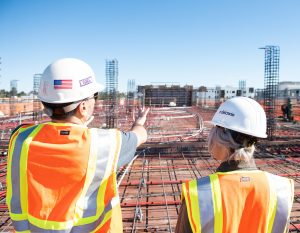
Building A Dream Business
How Having a Plan Can Help You Build a Successful Business
A Plan is Only Good if You Use it The past couple of weeks we’ve discussed how important the Production Tracker tool is and how

A Plan is Only Good if You Use it The past couple of weeks we’ve discussed how important the Production Tracker tool is and how

Gene’s Excited About His Meeting with John As usual, Gene had been on the go, nonstop, trying to keep construction projects moving forward, collecting money,

Learning About Business Tools Isn’t Necessarily Fun, but it is Necessary for Business Success I know that the topic of the Payment Application over the